Artificial intelligence is revolutionising tourism – but at what cost? While we enjoy the benefits of AI, data centres consume vast amounts of energy and water. Even decommissioned nuclear power plants are being reactivated to satisfy the hunger of AI. How can we as a tourism industry remain innovative and act sustainably at the same time? In recent articles, we have repeatedly shown how artificial intelligence (AI) can be used effectively in tourism. We have talked about how it increases efficiency, effectiveness and creativity. In fact, many of us can no longer imagine working without AI helpers. Today, however, we want to look at the flipside. In addition to data protection, security and ethical issues, sustainability is of great importance. The hype surrounding AI systems such as ChatGPT often makes us forget that this fascinating technology consumes an immense amount of resources. Data centres and computer centres, which are required for the training and operation of AI models, have enormous energy requirements. This hunger for energy is so great that it is even driving the revitalisation of old nuclear power plants. In the USA, there are plans to reopen the Palisades nuclear power plant in Michigan, which was commissioned in 1971 and shut down in 2022. The US government is investing billions of dollars to bring the old power plant back online by the end of next year. Tech giants such as Microsoft are also showing an interest in nuclear power. The company is planning to revive a nuclear power plant in Pennsylvania to cover the enormous power requirements of its AI data centres. The plant in question is, of all places, a Three Mile Island reactor, where the worst nuclear accident in US history took place in 1979. 700,000 litres of water for training GPT-3 Oracle is going one step further. The technology group is designing data centres with their own mini-nuclear reactors. Oracle founder Larry Ellison speaks of plans for a data centre with a power consumption of more than one gigawatt, which is to be supplied by three small nuclear power plants. These developments clearly show how enormous the energy requirements of AI technology are. But energy is not the only resource that AI consumes in large quantities. Water consumption is also impressive. It is estimated that around 700,000 litres of water were used to train GPT-3 alone, one of ChatGPT’s predecessor models. During operation, the chatbot is just as “thirsty”: according to researchers, an average conversation with ChatGPT, which comprises between 25 and 50 questions, is equivalent to throwing away half a litre of drinking water. The high water consumption is mainly due to the cooling of the data centres. In regions where water is already scarce, this can have problematic consequences. In addition, cooling data centres requires high-quality water to prevent corrosion and bacterial growth in the cooling circuit. As players in the tourism industry, we are now facing a challenge. On the one hand, AI offers us enormous opportunities, from personalised travel recommendations to more efficient operational processes. On the other hand, we are constantly communicating to our guests that we use our resources sustainably and responsibly. We show that we use water sparingly, do not waste food, save energy and much more. In future, we will also have to show that we use AI, but in a sustainable way. Don’t neglect transparency and sustainability So what can we do? Firstly, it is important to develop an awareness of this issue. We should ask ourselves whether every AI application we want to use is really necessary and whether the benefits justify the consumption of resources. If we use AI, we should favour providers that are transparent about their resource consumption and actively work on solutions for more sustainable AI. At the same time, we as an industry can put pressure on the tech giants by making transparency and sustainability important criteria when selecting AI service providers. The more companies that do this, the greater the incentive for developers to invest in greener solutions. Ultimately, it’s about finding a balanced approach. AI offers huge opportunities for tourism, but we need to use this technology responsibly and sustainably. This is the only way to ensure that we reap the benefits of AI without jeopardising the environment and resources that are so important to our industry. By rising to this challenge and actively seeking solutions, we as a tourism industry can not only be pioneers in the use of innovative technologies, but also a role model for sustainable and responsible action in an increasingly digitalised world.
AI-Powered Image Descriptions – Easier Than Ever
Do you have hundreds or even thousands of images that need descriptions – for example, to generate ALT text for your website and meet Accessibility Act requirements?
Try the SmartVisualizer
Our tool creates detailed or ALT-text-optimized descriptions, translates them into any number of languages, supports both standard and custom prompts – and much more.
Simply register and try it out – every new account comes with €5 in free credits.

Stronger Data. Smarter AI.
Good data is the foundation of every successful AI project. Our Data Audit Tool helps you evaluate your organization’s data quality in just 32 targeted questions – covering key dimensions such as:
- Data Quality
- Data Accessibility & Structure
- GDPR Compliance
- Ethical Reflection
- Data Governance & Stewardship
You’ll receive an AI-powered assessment along with a personalized roadmap to improve your data readiness. This way, you not only uncover weak spots but also get clear, actionable steps to unlock the full potential of your data for AI.
Turn your raw data into a strategic asset – and make your organization future-ready. Use this tool for free

Why Every AI Project Needs Documentation
AI innovation goes hand in hand with responsibility. With new regulations like the EU AI Act, organizations must prove how their systems work, what data they process, and which risks they carry. Without proper documentation, AI projects become legally vulnerable, opaque, and difficult to scale.
Our documentation tool makes compliance simple:
- Stay compliant with the EU AI Act, GDPR, and internal policies
- Build trust through transparency for partners, clients, and employees
- Minimize risks by identifying biases and limitations early
- Work smarter with a structured framework for teams and external partners
- Save time using ready-to-go templates for governance and reporting
Turn your AI project into a transparent, compliant, and future-proof solution with our documentation tool. Use this tool for free

Clients of the last 2 years
Lorem ipsum dolor sit amet, at mei dolore tritani repudiandae. In his nemore temporibus consequuntur.
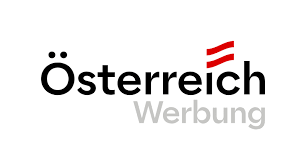
John Doe
Company Name
Lorem ipsum dolor sit amet, at mei dolore tritani repudiandae. In his nemore temporibus consequuntur.

John Doe
Company Name
Lorem ipsum dolor sit amet, at mei dolore tritani repudiandae. In his nemore temporibus consequuntur.

John Doe
Company Name
Lorem ipsum dolor sit amet, at mei dolore tritani repudiandae. In his nemore temporibus consequuntur.

John Doe
Company Name
Lorem ipsum dolor sit amet, at mei dolore tritani repudiandae. In his nemore temporibus consequuntur.

John Doe
Company Name
Lorem ipsum dolor sit amet, at mei dolore tritani repudiandae. In his nemore temporibus consequuntur.

John Doe
Company Name
Lorem ipsum dolor sit amet, at mei dolore tritani repudiandae. In his nemore temporibus consequuntur.

John Doe
Company Name
Lorem ipsum dolor sit amet, at mei dolore tritani repudiandae. In his nemore temporibus consequuntur.
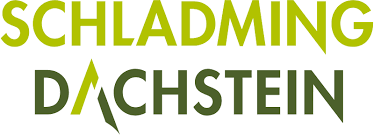
John Doe
Company Name
Lorem ipsum dolor sit amet, at mei dolore tritani repudiandae. In his nemore temporibus consequuntur.

John Doe
Company Name
Lorem ipsum dolor sit amet, at mei dolore tritani repudiandae. In his nemore temporibus consequuntur.

John Doe
Company Name
Lorem ipsum dolor sit amet, at mei dolore tritani repudiandae. In his nemore temporibus consequuntur.
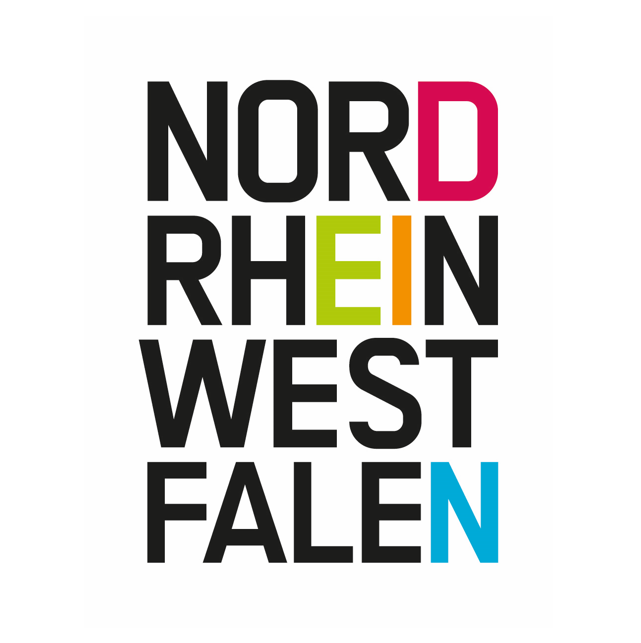
John Doe
Company Name
Lorem ipsum dolor sit amet, at mei dolore tritani repudiandae. In his nemore temporibus consequuntur.

John Doe
Company Name
Lorem ipsum dolor sit amet, at mei dolore tritani repudiandae. In his nemore temporibus consequuntur.

John Doe
Company Name
Lorem ipsum dolor sit amet, at mei dolore tritani repudiandae. In his nemore temporibus consequuntur.

John Doe
Company Name
Lorem ipsum dolor sit amet, at mei dolore tritani repudiandae. In his nemore temporibus consequuntur.
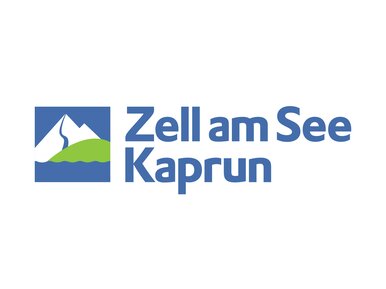
John Doe
Company Name
Lorem ipsum dolor sit amet, at mei dolore tritani repudiandae. In his nemore temporibus consequuntur.

John Doe
Company Name
Lorem ipsum dolor sit amet, at mei dolore tritani repudiandae. In his nemore temporibus consequuntur.

John Doe
Company Name
Lorem ipsum dolor sit amet, at mei dolore tritani repudiandae. In his nemore temporibus consequuntur.

John Doe
Company Name
Lorem ipsum dolor sit amet, at mei dolore tritani repudiandae. In his nemore temporibus consequuntur.

John Doe
Company Name
Lorem ipsum dolor sit amet, at mei dolore tritani repudiandae. In his nemore temporibus consequuntur.
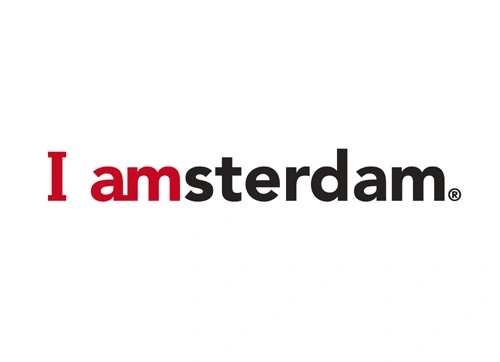
John Doe
Company Name
Lorem ipsum dolor sit amet, at mei dolore tritani repudiandae. In his nemore temporibus consequuntur.

John Doe
Company Name
Lorem ipsum dolor sit amet, at mei dolore tritani repudiandae. In his nemore temporibus consequuntur.

John Doe
Company Name
Lorem ipsum dolor sit amet, at mei dolore tritani repudiandae. In his nemore temporibus consequuntur.

John Doe
Company Name
Lorem ipsum dolor sit amet, at mei dolore tritani repudiandae. In his nemore temporibus consequuntur.

John Doe
Company Name
Lorem ipsum dolor sit amet, at mei dolore tritani repudiandae. In his nemore temporibus consequuntur.

John Doe
Company Name
Lorem ipsum dolor sit amet, at mei dolore tritani repudiandae. In his nemore temporibus consequuntur.
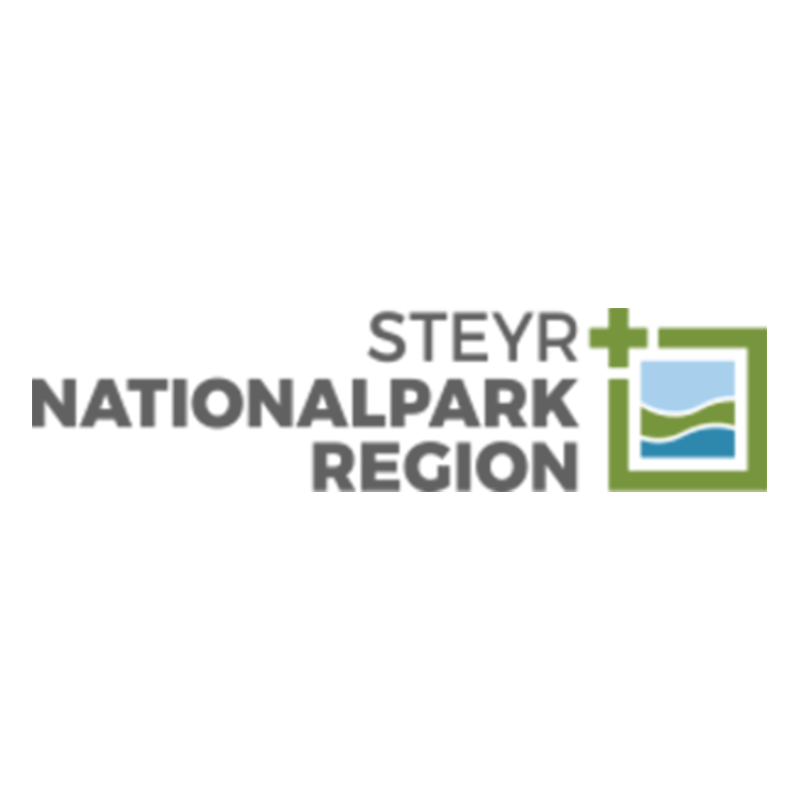
John Doe
Company Name
Lorem ipsum dolor sit amet, at mei dolore tritani repudiandae. In his nemore temporibus consequuntur.

John Doe
Company Name
Lorem ipsum dolor sit amet, at mei dolore tritani repudiandae. In his nemore temporibus consequuntur.

John Doe
Company Name

No responses yet